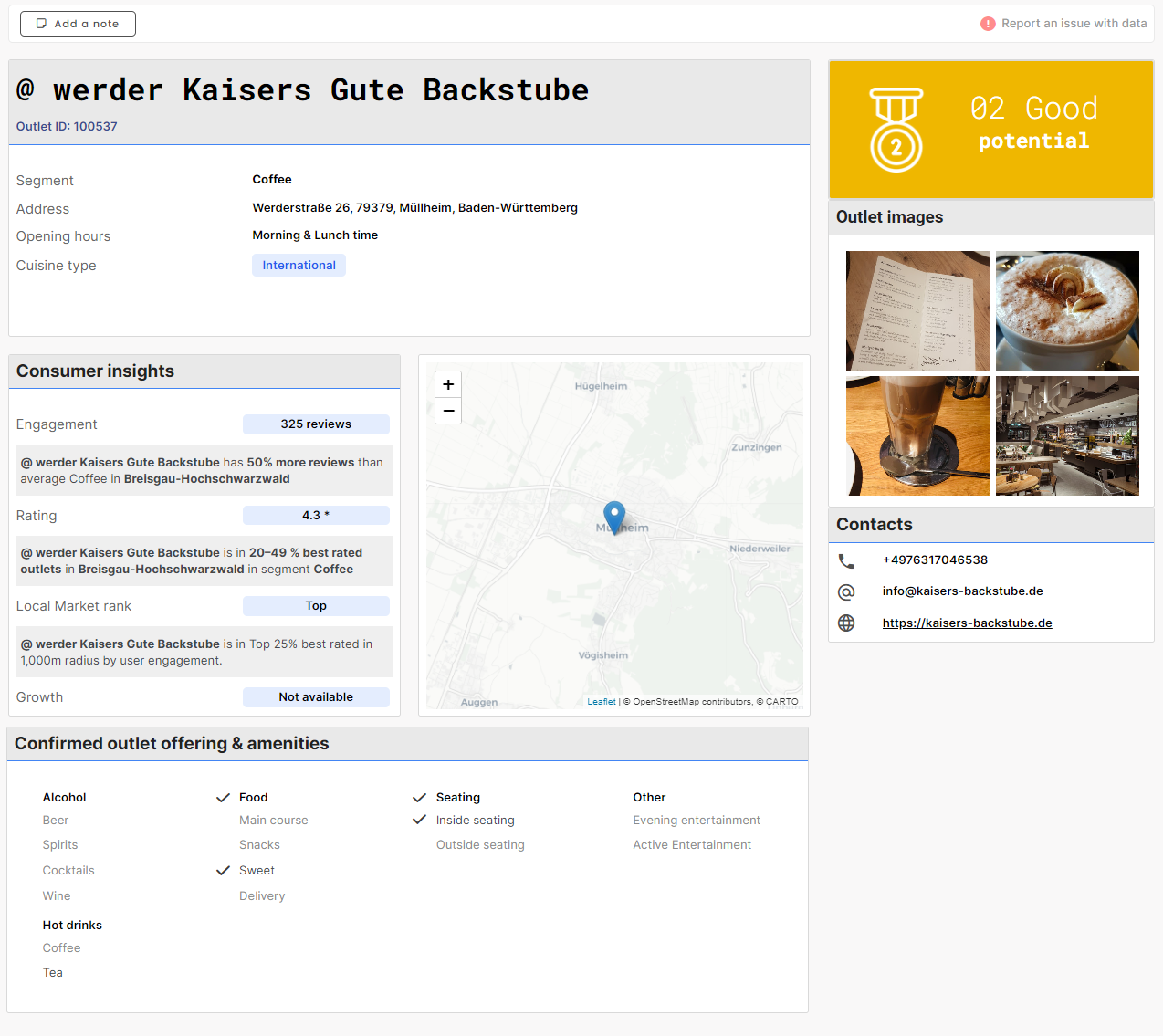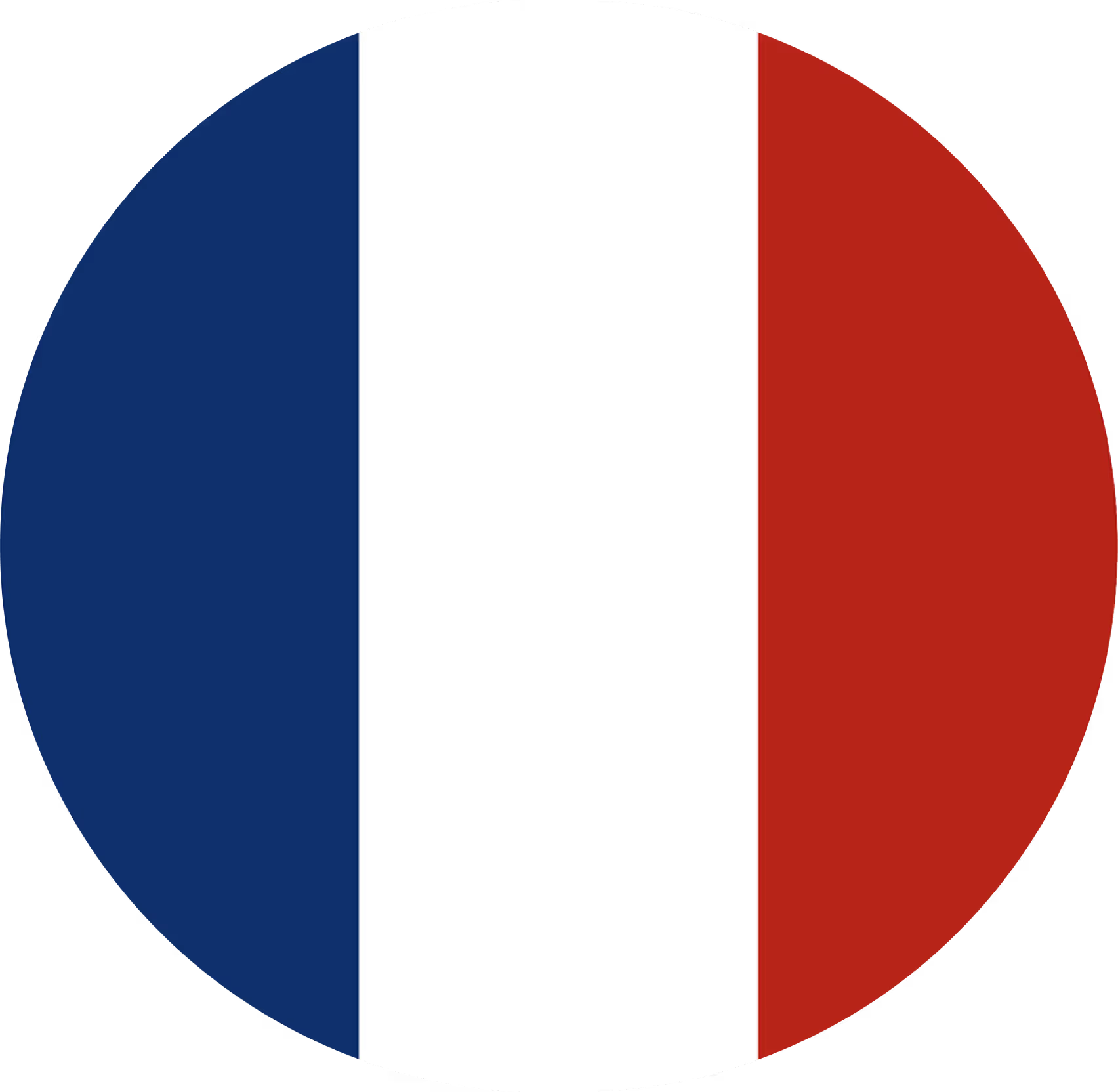How to do a proper market segmentation (in the on-trade and HoReCa business)


In the on-trade/HoReCa business, market segmentation is a game changer. But it's a tough game. Trust us, we've spent years perfecting our system and with every new country we expand into, we're learning something new. With the sector's complexity and diversity, getting it right is like hitting a moving target. This article will help you adjust your aim and score the prize.
Try Outlet Census Live for free today - big data on European HoReCa markets
Market segmentation by outlet type
The HoReCa channel is so rich and vibrant, capturing its essence is a herculean task. Each market segment, each outlet is an opportunity. There's diversity in every corner. And you have to:
- Know it
- Understand it
- Adapt to it
You need to know where to sell your product and how to sell it. You need to know the outlet preferences, type of customers and other details determined by the segment it belongs to. Only then you can choose from your product portfolio the right mix for the right outlet.
Consider restaurants. Picture an Italian osteria nestled in a Tuscan vineyard, where families gather over home-style meals paired with local Chianti. Contrast this with a French brasserie serving croissants to coq au vin, accompanied by a chilled flute of Champagne. Both might be labelled as restaurants in you CRM, but the atmosphere, offerings, and clientele create a unique microcosm that could easily put each of them in a different category.

Access free on-trade data for your market here
Bars present an even broader palette. For instance, the Spanish bar morphs as the day progresses. It actually gave us quite a few headaches after we expanded to Spain in 2022. A typical Spanish bar can be:
- a café at dawn
- a tapas joint at lunch
- and a vibrant bar pouring endless glasses of Sangria as the night unfolds
Read our comprehensive analysis of the Spanish HoReCa market
Contrast this with British pubs, where ales and stouts accompany hearty meals, or the speakeasies in New York, with their secret entrances leading to an intimate space serving craft cocktails. Again, all bars in your CRM, but they couldn't be further apart on the ground.
Then there are the cultural nuances. Think of a German Biergarten, a community gathering place where old pals, students and families chat over a pint and contrast it with an Izakaya (type of bar) in Tokyo where businessmen wind down with Sake and small plates of Yakitori. These aren't just 'bars', but reflections of the cultures they're rooted in, each with its unique practices, habits, and preferences. And you need to know all this to craft a perfect sales pitch or a strategy.

To sell, build a brand or establish a longtime partnership with an outlet, you have to get it right. There's no question about it. Only by deeply understanding each outlet and its segment specifics can you be really successful in the cutthroat HoReCa business.
Feeling lost already? Don't worry, there's a way out.
SharpGrid's Outlet Census Live tool for HoReCa pros has the market already segmented for you. Our model was honed over years to truly reflect the market's unique pulse.
We don't do just category segmentation. OC Live gives each outlet a unique set of indicators that you can use to filter the right place for you, be it type of cuisine, beverage brands on the menu, business potential and much more. It even allows you to access each outlet's data profile with detailed information on everything you might need to do your job right.

It appreciates the distinctions, from a café in Lisbon to a brasserie in Paris, a pub in Dublin to a tapas bar in Barcelona, and defining them accordingly. With Outlet Census Live, you will always have a proper and effective market segmentation at your fingertips.
Market segmentation by regions
The world's a tasty puzzle. What works in one region might not work in another. Beverage producers know this. Take cider, a classic British countryside favorite that's almost unheard of in the Mediterranean where wine and beer rule the land. Or consider vodka, a staple in the cold climates of Eastern Europe, but somewhat less popular in the tequila-loving regions of Mexico.
Geographical segmentation is key. It's understanding these preferences and catering to them. One size does not fit all.
EU regions, known as NUTS (Nomenclature of Territorial Units for Statistics), make the task easier, but don't always match up with national or cultural boundaries. A region in Italy, for instance, can contain both metropolitan areas and rural wine-growing valleys.
As we've shown in one of our previous researches, there can be vast differences between big cities and outlying areas just within one country. Like for example in Czechia the most popular cocktail is a rum-based Grog, but its nowhere to be found in the capital city of Prague.
Read more: The 3 most popular cocktails in Italy, Spain, Poland, Czechia and Slovakia
Understanding these distinctions is essential. Outlet Census Live does this. It captures data from local regions and cities, providing a clearer, more nuanced picture.

Or take London for example. The The Big Smoke on Thames is a universe with its own market segmentation. The fancy cocktail bars in Mayfair don't operate like the hipster craft beer pubs in Shoreditch. Their customer base, preferences, and service style are different. Even the hours they hit peak business vary. All this is crucial for every HoReCa specialist willing to be good at his/her job.
It's about appreciating the flow of preferences based on regional specifics. It's acknowledging that a trattoria in Tuscany operates differently from a bistro in Paris or a gastropub in London. These nuances matter.
And the list goes on. You can do a market segmentation by:
- price level
- type of offers
- menu composition
- business potential
... and so much more. All of these and others are included in the Outlet Census Live.
That's segmentation. That's strategy. And that's how you win in the on-trade / HoReCa game. Knowing where to be, when, and with what. Recognizing the geography of taste. That's the secret. And it's easier with Outlet Census Live on your side.
The Commercial Impact of Effective Market Segmentation
The first reason why market segmentation matters is efficiency. It's about money and time. Your budget isn't limitless. Your team isn’t either. And their time is precious. You want to invest where the returns are highest.
Segmentation is a compass pointing to where your efforts can yield the best results.
Consider this scenario. Your company produces an artisanal gin. You think you know your ideal market. But then you find out there's an elevated demand in a certain region, segment or in a specific on-trade / HoReCa hot zone.
Read more: 5 ways to boost your on-trade brand performance and sales with Hot Zones
Maybe there's a gin craze in inner city hipster bistros fueled by some unexpected brand activation? Or, on the other hand, maybe gin is losing ground in suburban restaurants? Suddenly, your sales gang has a clear direction, all thanks to a proper market segmentation. They can:
- Prioritize these places
- Craft strategies based on up-to-date and precise data
- And deliver success
But there's more. Segmentation helps you design your route-to-market strategy. You can plan strategic sales and allocate your budget more effectively. An Outlet Census Live tool can provide the granular data needed for this strategy. It helps to understand each outlet's potential and relevance.
And remember regions? They too have a role in budgeting and resource allocation. Major cities might warrant more resources due to the volume of outlets. However, in less dense areas, a different strategy might be needed.
Segmentation also informs strategic decisions about sales regions and the assignment of key customers and chains. These decisions have a direct bearing on your bottom line.
Ultimately, segmentation ensures you're not spreading yourself too thin or investing in areas with limited return potential. In other words, it's the difference between good and great in commercial success.
Perfecting Your Market Segmentation Strategy
Recognize your market's unique traits, adapt to shifts, evolve with trends. If you have a hard time tracking those, try Outlet Census Live which captures these changes as they happen. Remember, the on-trad / HoReCa channel is dynamic. So should your market segmentation and strategy be.
In sum, effective market segmentation is a necessity, not a choice. It's a key part of your on-trade/HoReCa strategy. When done right, it's the driving force behind your commercial success. It's time to master your market with the help of big data processed in such a way that will help you grow, acquire new customers and strengthed partnerships with the current ones. Ready to conquer market segmentation?
Contact SharpGrid






